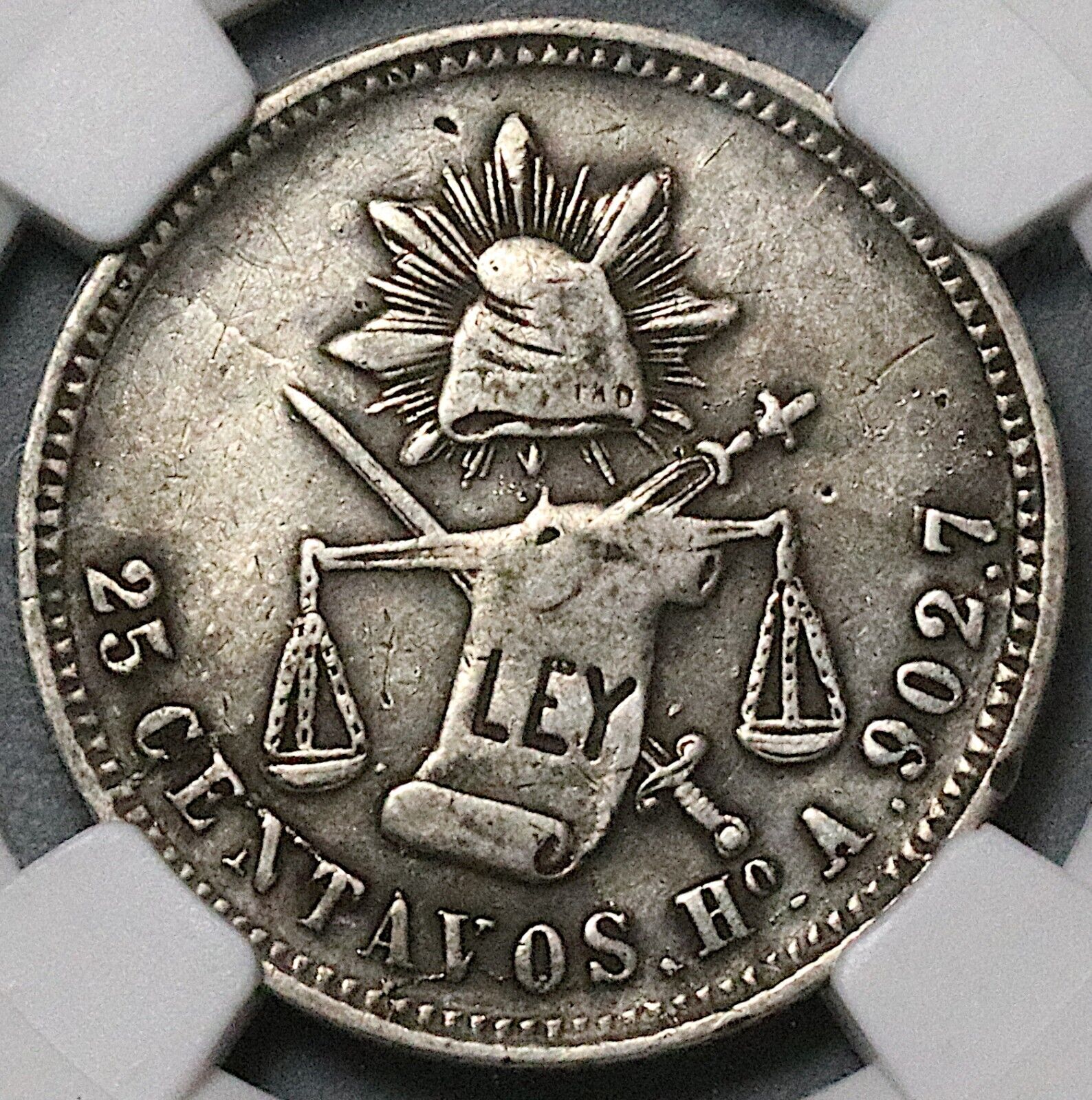-40%
MEXICO 1881 DO JP - 8 REALES - NGC UNC DETAILS - AMAZING STRIKE & LOOK!
$ 237.6
- Description
- Size Guide
Description
Up for sale is a fantastic Mexico 1881 DO JP 8 Reales coin. This coin has been certified by NGC with a grade of UNC Details. The coin is composed of silver and has a KM Number of 377.4. The design and strike of this coin are truly amazing, with intricate details and a beautiful look. It is a great addition to any collection, especially for those interested in Second Republic (1867-1905) coins from Mexico. Don't miss out on the chance to own this incredible piece of history. NGC Unc Details.The coinage of 19th-century Mexico reflects a tumultuous period in the country's history marked by political instability, foreign intervention, and economic challenges. Here are some key aspects of the coinage during this time:
Colonial Legacy
: At the beginning of the 19th century, Mexico was still under Spanish colonial rule, and Spanish colonial coinage, such as silver reales and gold escudos, circulated alongside local currencies.
War of Independence
: Mexico gained independence from Spain in 1821. Initially, coins continued to be minted with the Spanish colonial designs, but efforts were made to establish a new national currency.
Early Republic
: After independence, Mexico went through a period of experimentation with its currency. Various states and regions issued their own coins, leading to a lack of uniformity and stability in the monetary system.
First Mexican Empire
: In 1822, Mexico briefly became a monarchy under Emperor Agustín de Iturbide. During this time, coins were minted with imperial symbols and the portrait of Iturbide.
First Mexican Republic
: Iturbide's rule was short-lived, and Mexico became a republic again in 1823. Coinage during this period often featured republican symbols, such as the national emblem or the eagle devouring a serpent.
Foreign Intervention
: Throughout the 19th century, Mexico faced numerous foreign interventions, including the French Intervention (1861-1867), during which Emperor Maximilian I ruled as a puppet monarch. Coins from this period may bear Maximilian's likeness or French imperial symbols.
Restoration of the Republic
: Following the defeat of Maximilian I and the French forces, Mexico was restored as a republic under the presidency of Benito Juárez. Coinage resumed with designs reflecting the republican government.
Silver Standard
: Silver was the primary metal used in Mexican coinage during the 19th century. Silver pesos, reales, and fractional denominations were commonly circulated.
Overall, the coinage of 19th-century Mexico reflects the country's complex political and economic history, with various rulers, regimes, and influences shaping its monetary system. These coins are not only artifacts of Mexico's numismatic heritage but also bear witness to its struggles for independence, sovereignty, and stability.










